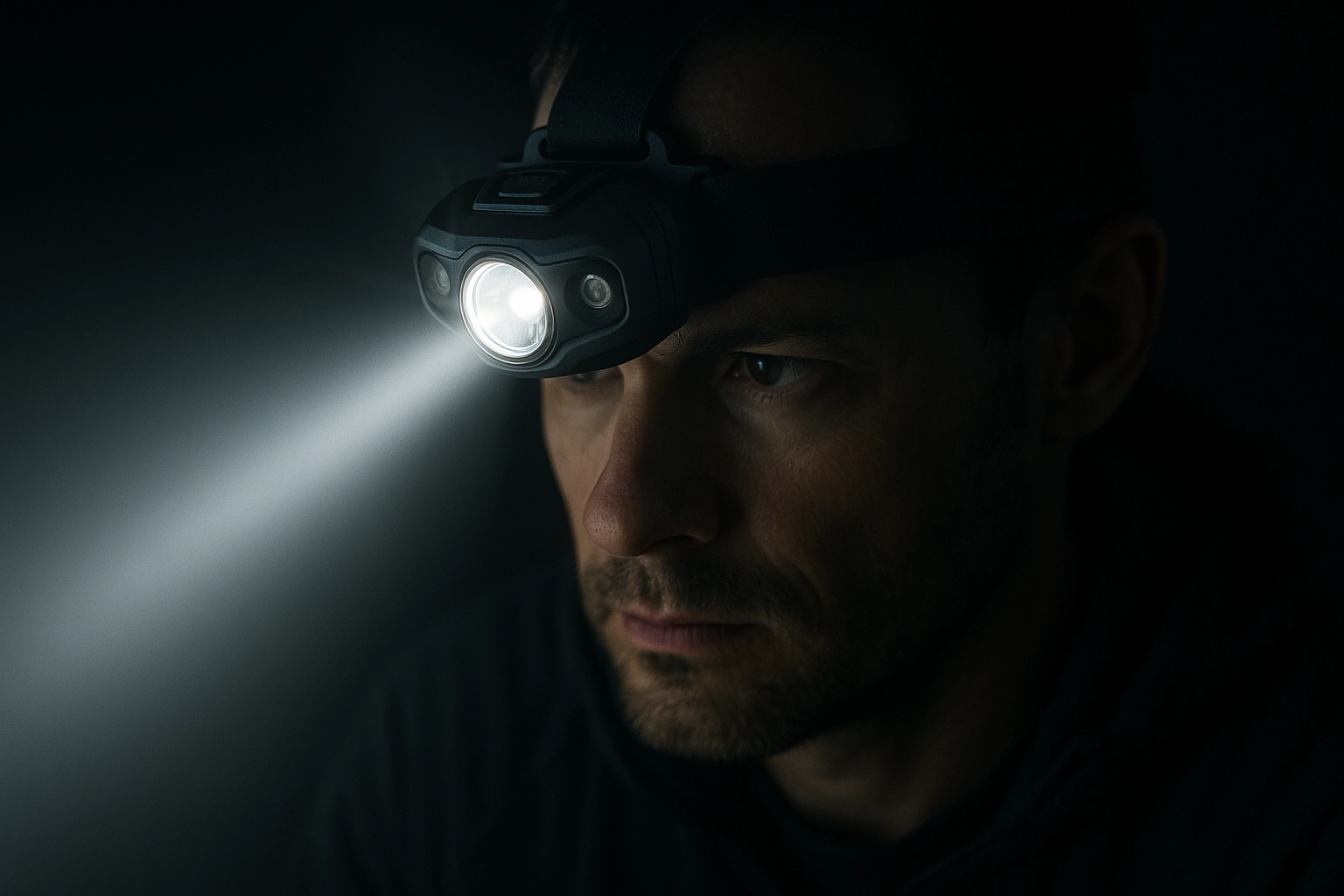SAE J578 – Colorimetry Test for Automotive Lighting Devices
The SAE J578 standard is a cornerstone in automotive lighting design and development. It specifies the procedures to perform colorimetric testing of automotive headlamps, tail lamps, side marker lamps, and interior lights. This test ensures that all light sources meet specific color specifications set by regulatory authorities such as the National Highway Traffic Safety Administration (NHTSA) and European Commission. Colorimetry is crucial for ensuring consistent appearance across different lighting devices, which enhances visibility in various conditions.
Color consistency is vital not only for compliance but also for brand identity. Automotive manufacturers rely on SAE J578 to maintain the aesthetic integrity of their products. The standard covers both monochromatic and polychromatic light sources, ensuring that all colors are accurately measured and reported. This process involves complex instrumentation such as a colorimeter and spectrophotometer. These instruments measure the tristimulus values (X, Y, Z) which are then used to calculate the CIE 1931 color coordinates.
The testing procedure outlined in SAE J578 is designed to be rigorous yet accessible. It includes detailed instructions on specimen preparation, including the use of standard light sources for calibration purposes. The test setup typically consists of a controlled environment chamber that simulates real-world driving conditions. This ensures that any discrepancies observed are due to intrinsic properties of the lighting device rather than environmental factors.
The SAE J578 process involves several key steps:
- Calibration of measurement instruments
- Installation of light source in standard fixtures
- Measurement of light output under controlled conditions
- Data analysis and reporting
The importance of SAE J578 cannot be overstated in modern automotive lighting design. It ensures that consumers receive products that not only meet regulatory requirements but also enhance safety by providing clear, accurate, and reliable light signals. By adhering to this standard, manufacturers can ensure their lights are recognized as high-quality products both domestically and internationally.
Understanding the significance of SAE J578 requires familiarity with its applied standards. These include:
| Standard | Description |
|---|---|
| ISO 13456-2 | International standard for vehicle lighting and signaling devices - Part 2: Colorimetry |
| EN 13097 | European standard for road vehicles - Lighting and signaling equipment - Colorimetric characteristics of headlamps |
The acceptance and recognition of SAE J578 extend beyond national boundaries, ensuring a level playing field for manufacturers worldwide. This standard is widely recognized in North America, Europe, and Asia-Pacific regions. Regulatory bodies around the world often reference or incorporate SAE J578 into their own testing protocols.
Why It Matters
The importance of colorimetry testing cannot be overstated in automotive lighting design. Consistent color output is essential for brand identity and safety. Inconsistent colors can lead to confusion, especially during critical driving moments when every detail counts. SAE J578 ensures that all light sources within a vehicle are calibrated to meet the same rigorous standards.
The standard also plays a crucial role in enhancing safety features such as high-intensity discharge (HID) headlamps and LED lighting systems. These technologies have revolutionized automotive lighting but require precise color calibration to function optimally. Properly calibrated lights not only look better but also perform better, contributing to improved driver visibility.
Compliance with SAE J578 is critical for manufacturers aiming to enter international markets. Many countries have adopted similar standards based on SAE J578, making it a universal requirement for exporting automotive products. This harmonization simplifies the certification process and reduces costs associated with multiple local tests.
In addition to regulatory compliance, adherence to SAE J578 enhances brand reputation. Consumers are increasingly aware of product quality standards, and meeting these benchmarks can significantly improve customer satisfaction and loyalty. Automotive lighting that meets stringent colorimetric criteria is perceived as superior, leading to increased market share for compliant manufacturers.
The standard also supports the development of innovative lighting solutions. By providing a clear framework for testing, SAE J578 encourages continuous improvement in automotive lighting technology. Manufacturers can experiment with new materials and designs while ensuring they still meet the necessary colorimetric requirements.
Applied Standards
| Standard | Description |
|---|---|
| SAE J578 | Defines procedures for measuring and reporting colorimetric parameters of automotive lighting devices |
| ISO 13456-2 | International standard for vehicle lighting and signaling devices - Part 2: Colorimetry |
| EN 13097 | European standard for road vehicles - Lighting and signaling equipment - Colorimetric characteristics of headlamps |
| Other Relevant Standards | ASTM E284-18, IEC 62061, SAE J596 |
The application of these standards ensures consistency and accuracy in colorimetric testing. They provide a common language for measuring and reporting colorimetric parameters, which is essential for both manufacturers and regulatory bodies.
International Acceptance and Recognition
SAE J578 enjoys widespread acceptance and recognition across the globe. Regulatory bodies in North America, Europe, and Asia-Pacific regions often reference or incorporate this standard into their own testing protocols. This harmonization simplifies compliance for manufacturers and ensures a level playing field.
- NHTSA (USA)
- EURO NCAP (Europe)
- Australian Design Rules (Australia)
- Japan Industrial Standards Committee (JISC, Japan)
The standard's universal applicability makes it a critical tool for the automotive industry. Its adoption by major regulatory bodies underscores its importance in ensuring consistent and safe lighting across international markets.





